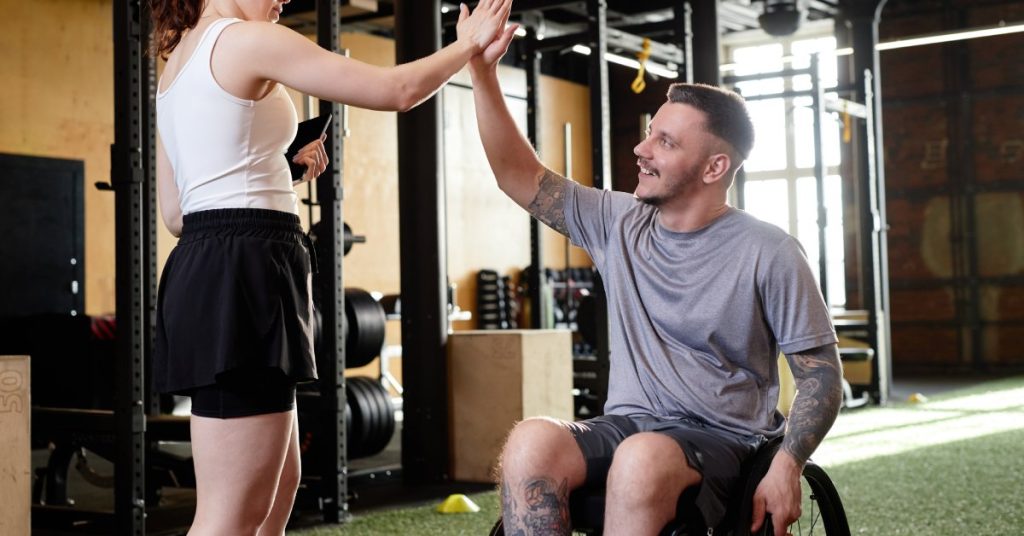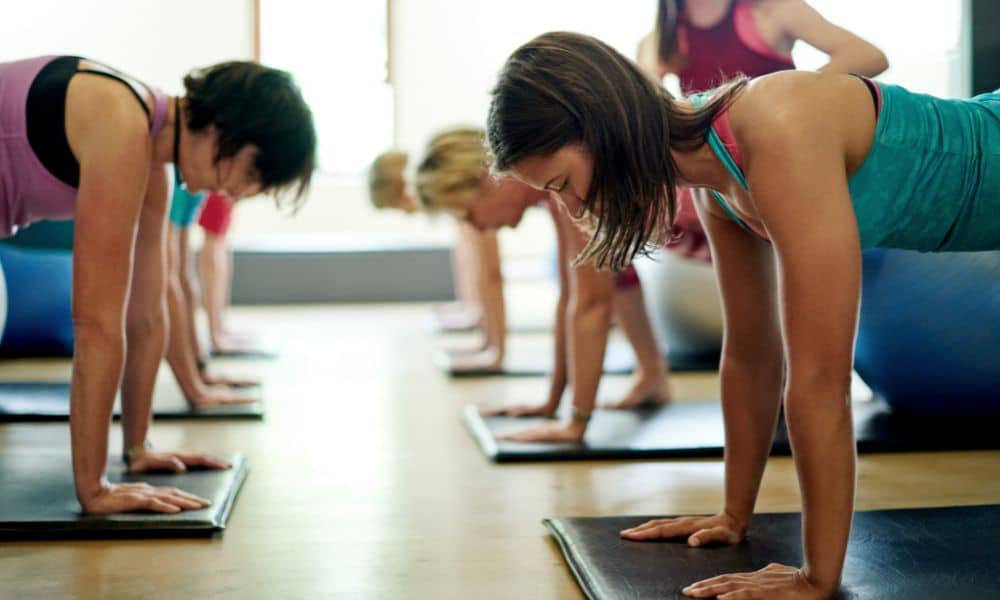Staying fit is important for everyone. If you use a wheelchair, you might wonder whether gym machines can work for you. The answer is a confident yes! You absolutely can use gym machines when you use a wheelchair, and it’s an empowering way to build strength, improve endurance, and even boost mental health. With adaptive equipment, the right approach, and a bit of creativity, your fitness goals are well within reach.
Accessible Equipment Is More Common Than You Think
Fitness equipment design has come a long way. Many gyms now offer machines tailored to meet adaptive needs. Some are built specifically for wheelchair users, allowing you to roll up and start your workout without transferring. Adjustable weights, pulleys, and supportive frames make these machines practical and effective. Even machines not explicitly labeled as adaptive can often be modified to suit you. Like finding accessible vehicles with either ramps or hydraulics, you can spot gym machines with varying degrees of adaptive technology that allow for inclusive workouts.
Strength Training Options for Wheelchair Users
If you find yourself doubting your ability to train, look to the King. Ronnie Coleman continues to serve as a bodybuilding inspiration while using a wheelchair during surgical recovery, showing that strength training is for everyone.
Strength training is essential for staying independent and maintaining mobility. Cable machines, resistance bands, and even classic dumbbells often work perfectly for those who use wheelchairs. Many cable machines have adjustable heights that cater to different seated positions. Resistance bands are another great option; they’re portable, affordable, and versatile, letting you target key muscle groups right from your chair.
Building Cardio Fitness in a Wheelchair
Cardio equipment has embraced innovation to include everyone. Hand cycles, rowing machines, and crank ergometers provide great cardiovascular workouts designed with wheelchair users in mind. A hand cycle simulates biking but focuses on your upper body. Rowing machines, on the other hand, work both arms and core muscles, creating an efficient full-body workout. These tools don’t just get your heart pumping—they empower you to push limits you didn’t know you had.
Inspiration From Adaptive Athletes
Stories of adaptive athletes breaking barriers prove how much is possible with the right mindset. Harold Kelley became a 5-time Wheelchair Olympia champion in 2022, showing the world what dedication can achieve. Whether you’re aiming to compete or simply stay active, their success illustrates that limitations don’t define you. It’s about redefining fitness for yourself and owning your unique path to health.
The Importance of Asking for Help
Gym environments can feel intimidating, but they also hold supportive communities. Staff members and trainers often have experience working with adaptive gym-goers. Don’t hesitate to ask for assistance when it comes to adjusting machines, finding alternatives, or creating a routine. Most gym teams are eager to accommodate and learn if they don’t already have the resources, so advocating for your needs benefits you and others in the future.
Empowering Your Next Workout
You can absolutely use gym machines when you use a wheelchair. The key lies in finding the right equipment, seeking support when needed, and believing in your potential. Whether you’re inspired by adaptive athletes like Harold Kelley or motivated to improve daily strength and stamina, there’s a place for you in fitness. Every machine, every rep, and every adaptation brings you closer to a healthier, stronger you. The path may look different, but the destination—personal empowerment—is entirely the same. Fitness is for everyone, and it’s waiting for you to make your move.




